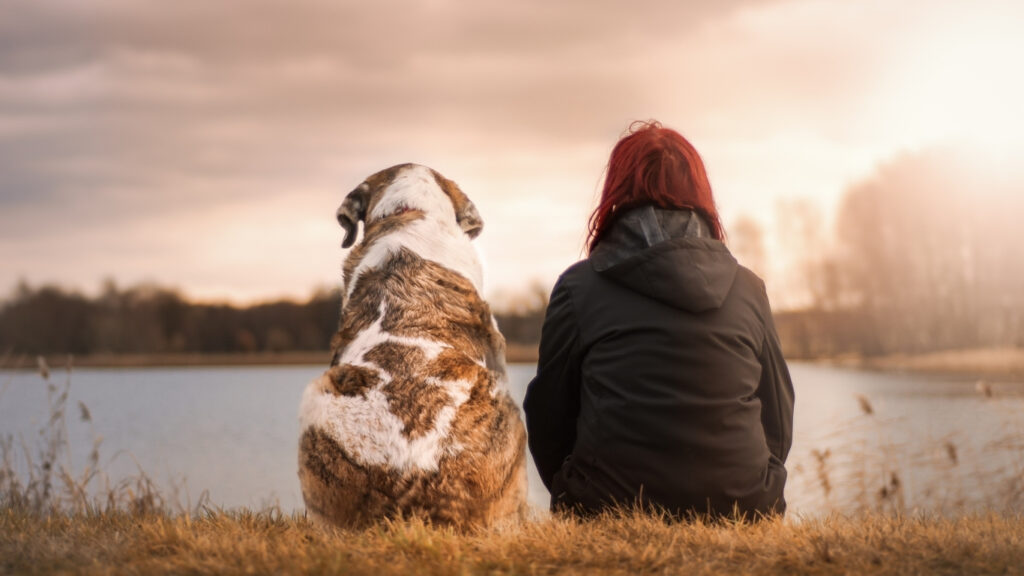
The term “pibble dog” is a loving nickname often used to describe pit bull-type breeds, including the American Pit Bull Terrier, Staffordshire Bull Terrier, and American Bully. These dogs are known for their muscular build, short coat, and expressive faces—but more importantly, they’re adored for their loyalty, affection, and playful nature. Despite common misconceptions, pibble dogs can be gentle, well-behaved companions when raised in a caring and structured environment. In this guide, you’ll learn what makes a pibble dog special, how to care for one, and what to expect as a new owner.
What Is a Pibble Dog?
A “pibble” is a slang term used affectionately to refer to pit bull-type dogs. It’s not a breed itself, but rather a nickname that softens the image of breeds often misunderstood due to negative media portrayals. Pibble dogs typically share these traits:
✅ Muscular, stocky build
✅ Short, smooth coat
✅ Wide smile and expressive eyes
✅ Loyal and people-oriented personality
They’re often grouped under the “bully breed” category, which includes several breeds with similar physical and behavioral traits.
Why Pibble Dogs Are Important
Pibble dogs are often misunderstood, which leads to unfair stereotypes and breed-specific legislation. In reality, these dogs can be:
✅ Loving family pets
✅ Excellent therapy or emotional support animals
✅ Highly trainable and eager to please
✅ Great with children when properly socialized
💡 Many pibble owners describe their dogs as “velcro dogs” because they love being close to their humans. With proper training and care, pibble dogs thrive in homes that offer structure, affection, and exercise.
How to Care for a Pibble Dog: Step-by-Step Guide
Step 1: Choose the Right Pibble
Adopt from a reputable rescue or shelter that evaluates temperament. Look for a dog that matches your lifestyle—active, calm, or somewhere in between.
Step 2: Prepare Your Home
✅ Use chew-proof toys and sturdy beds
✅ Secure your yard with a high fence
✅ Remove toxic plants and foods
⚠️ Pibbles are strong chewers—avoid flimsy toys or furniture within reach.
Step 3: Begin Training Early
Start with basic commands like sit, stay, and come. Use positive reinforcement and consistency. Pibbles respond well to praise and treats.
💡 Enroll in a group obedience class to build social skills and confidence.
Step 4: Socialize Gradually
Expose your pibble to different people, pets, and environments. Keep interactions calm and controlled. Early socialization reduces fear and aggression.
Step 5: Provide Daily Exercise
Pibbles need at least 30–60 minutes of activity per day. Walks, fetch, and agility games are great options.
✅ Mental stimulation is just as important—try puzzle toys or scent games.
Step 6: Feed a Balanced Diet
Choose high-quality dog food with protein as the first ingredient. Avoid fillers like corn or soy. Consult your vet for portion sizes.
Step 7: Schedule Regular Vet Visits
Routine checkups help monitor weight, dental health, and skin conditions. Pibbles are prone to allergies and hip issues, so early detection is key.
Common Mistakes to Avoid
⚠️ Skipping socialization
⚠️ Using harsh training methods
⚠️ Underestimating exercise needs
⚠️ Leaving them alone for long periods
⚠️ Ignoring breed-specific insurance or housing rules
💡 Always check local regulations—some areas have restrictions on bully breeds.
Pibble Dog Traits Overview
| Trait | Description | Notes |
|---|---|---|
| Temperament | Loyal, affectionate, playful | Needs early socialization |
| Energy Level | Medium to high | Requires daily exercise |
| Trainability | High with positive reinforcement | Consistency is key |
| Grooming Needs | Low | Weekly brushing recommended |
| Common Health Issues | Allergies, hip dysplasia, skin issues | Regular vet visits advised |
Recommended Products for Pibble Dogs
KONG Extreme Dog Toy
Made for powerful chewers, this toy keeps pibble dogs entertained and mentally stimulated.
👉 Check Product Price
Ruffwear Front Range Harness
Comfortable and secure for daily walks, this harness reduces pulling and improves control.
👉 Check Product Price
Zesty Paws Allergy Immune Supplement
Supports skin and immune health, especially helpful for pibble dogs prone to allergies.
👉 Check Product Price
Furhaven Orthopedic Dog Bed
Provides joint support and comfort for resting pibble dogs, especially seniors.
👉 Check Product Price
Outward Hound Puzzle Toy
Great for mental stimulation and reducing boredom during downtime.
👉 Check Product Price
Frequently Asked Questions About Pibble Dogs
Are pibble dogs aggressive?
No. With proper training and socialization, pibble dogs are friendly and affectionate. Aggression is usually a result of poor handling or neglect.
Do pibble dogs get along with children?
Yes, many pibble dogs are gentle and protective with kids. Always supervise interactions and teach children how to respect the dog’s space.
How much exercise does a pibble need?
Most pibble dogs need 30–60 minutes of physical activity daily. Mental stimulation is also important to prevent boredom.
Are pibble dogs good for first-time owners?
They can be, if the owner is committed to training, socialization, and regular exercise. Pibbles thrive with structure and affection.
Can I adopt a pibble from a shelter?
Absolutely. Many shelters and rescues specialize in bully breeds and offer temperament-tested pibble dogs ready for loving homes.
Let me know if you’d like this formatted for WordPress or turned into a downloadable care guide. I can also help create matching Pinterest pins or product banners!
